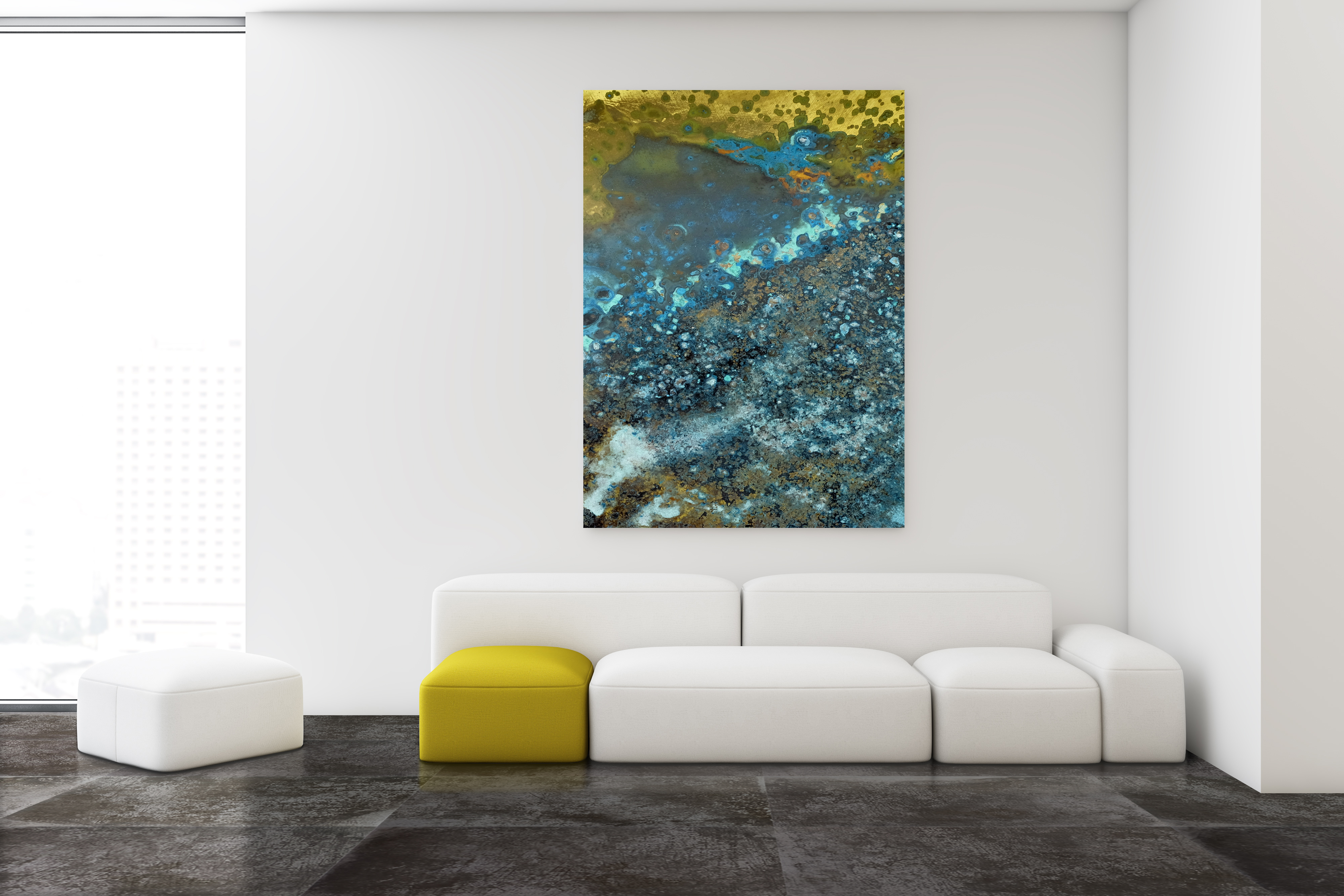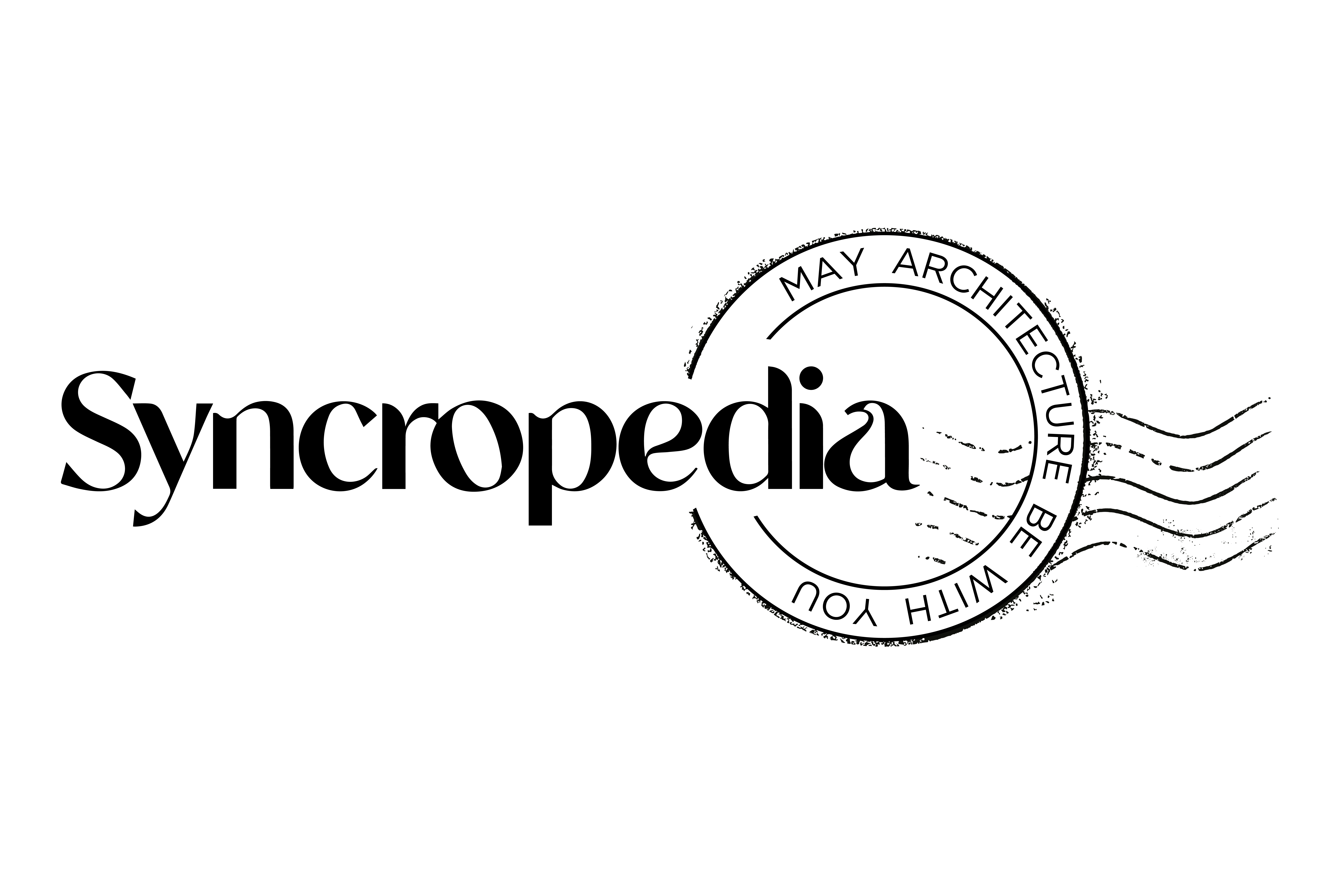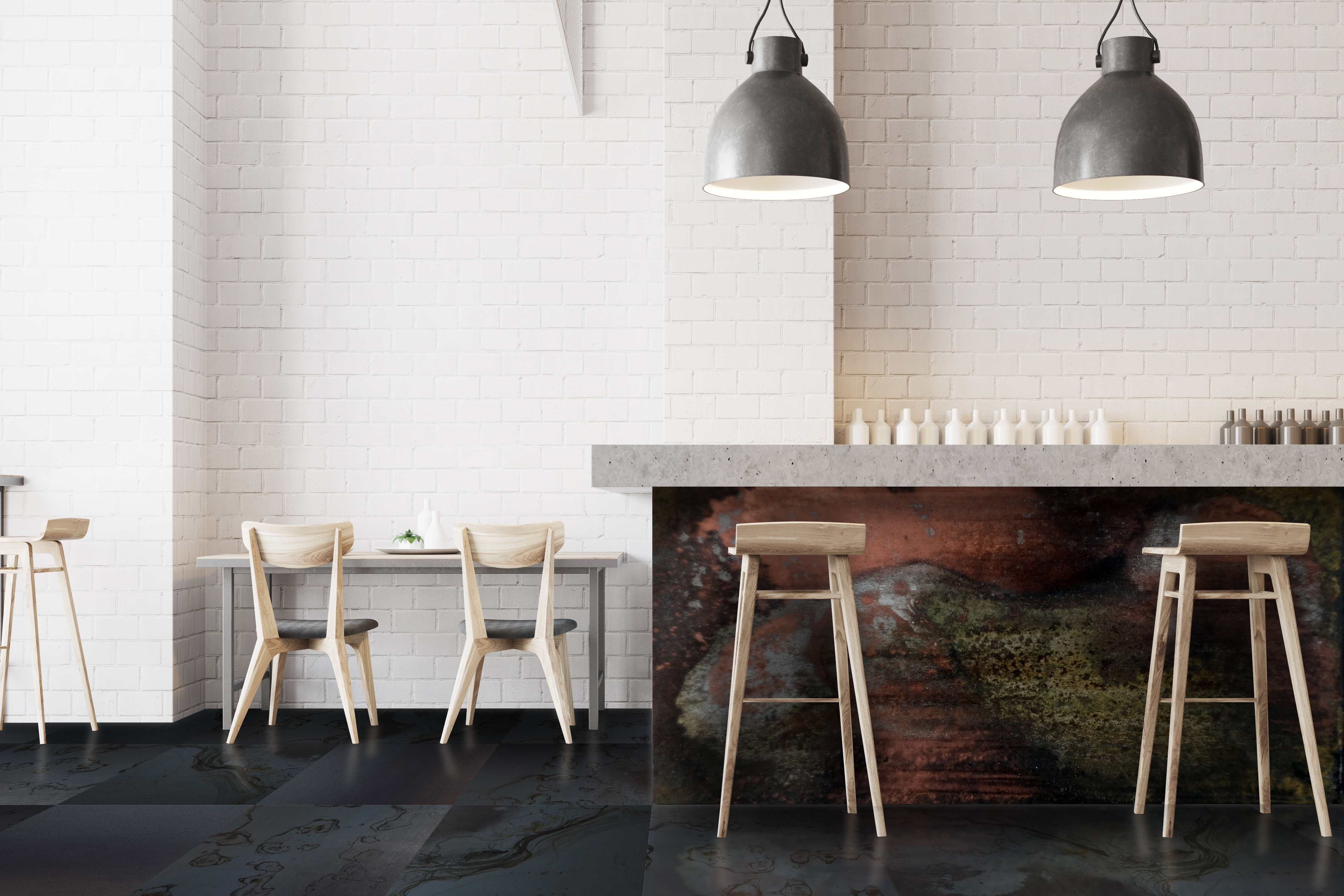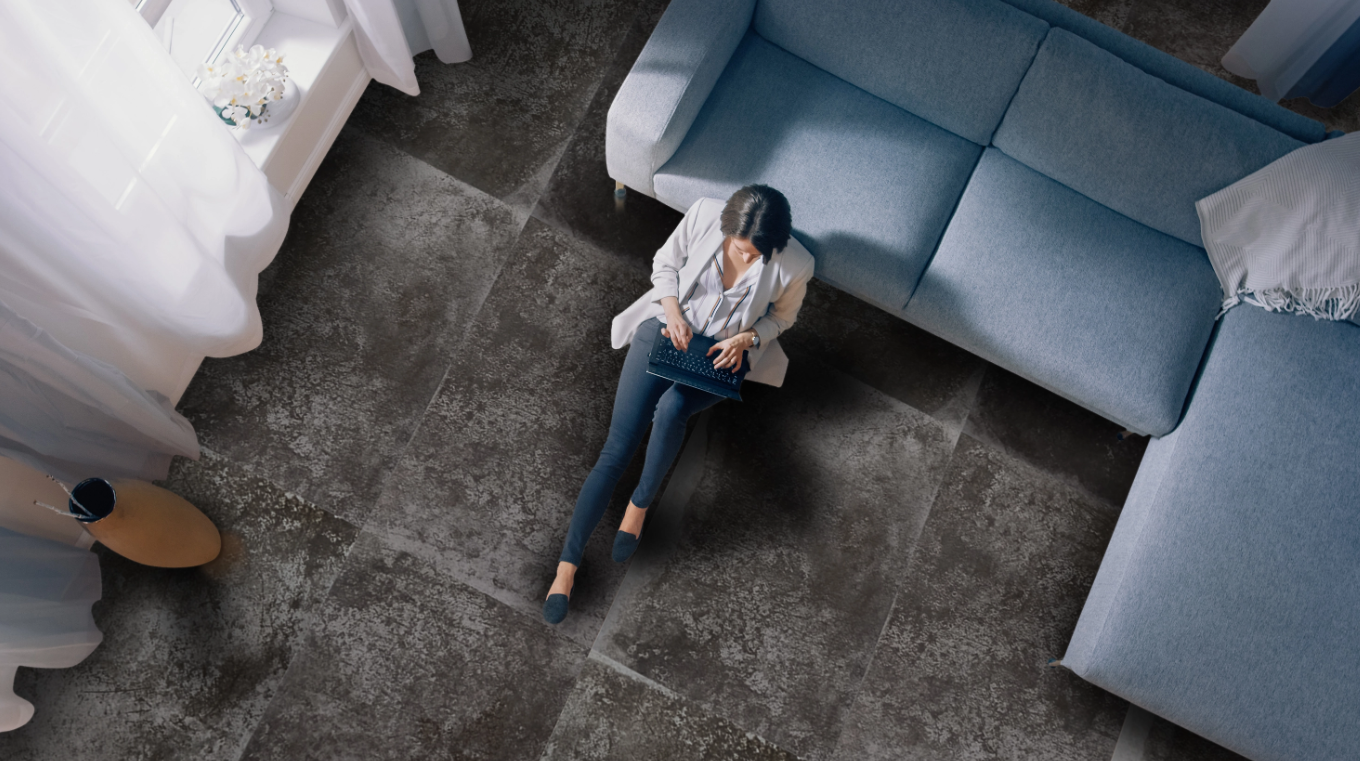What is meant by industrial style? In recent years, this trend has had a strong weight in the world of architecture, which intersects with design as well as engineering. It refers to an aesthetic vocation born in New York after World War II of the 1900s. It consisted in recovering certain elements typical of the world of industry to "position" them on the market as ideas for furnishing. Planium is naturally close to this style because it makes extensive use of its steels, which can be installed on the floor as well as on the wall, for coverings. Stainless steel, with its "cold" aesthetic of detachment and its light silver tone; Oxidized steel, which assumes an apparently warm color, close to brown, but with gray streaks in filigree; Calamine steel, born from hot rolling and with more heterogeneous colors including Anthracite; Stainless Concrete, a particular variety among the most suitable for the Industrial Style, so called because it chromatically recalls some shades and effects of microcements.
Planium Installations Suggested for Steels
A quick and dry installation according to the technological systems designed by Planium - and one of the fastest to adopt - is the magnetic one of MG01 Magnetic Floor, used for the Giacomo Agostini Trophy Room near Bergamo; other possible dry systems - easy to remove and apply because without glue - are AP01 Lay Floor on support (the fastest), PL01 Invisible Floor - one-click with pressure fixing between tiles and SM02 Evolution Floor, a mechanical system with coupling screw between plate and plate visible to the naked eye. This visibility of the screw also contributes to the industrial style as this detail is a cornerstone of the trend and therefore it is advisable to apply it to stainless steel, stainless concrete or oxidized steel.

 Planium concrete and square
Planium concrete and square 






